What is a lunar eclipse?

There are two types of eclipse that occur on Earth – solar and lunar.
During a solar eclipse, the Moon passes between the Sun and Earth, casting a shadow on the Earth.
During a lunar eclipse, Earth passes between the Sun and the Moon, casting a shadow on the Moon.
There are three types of lunar eclipse: total, partial, and penumbral, depending on the portion of the Moon in shadow.
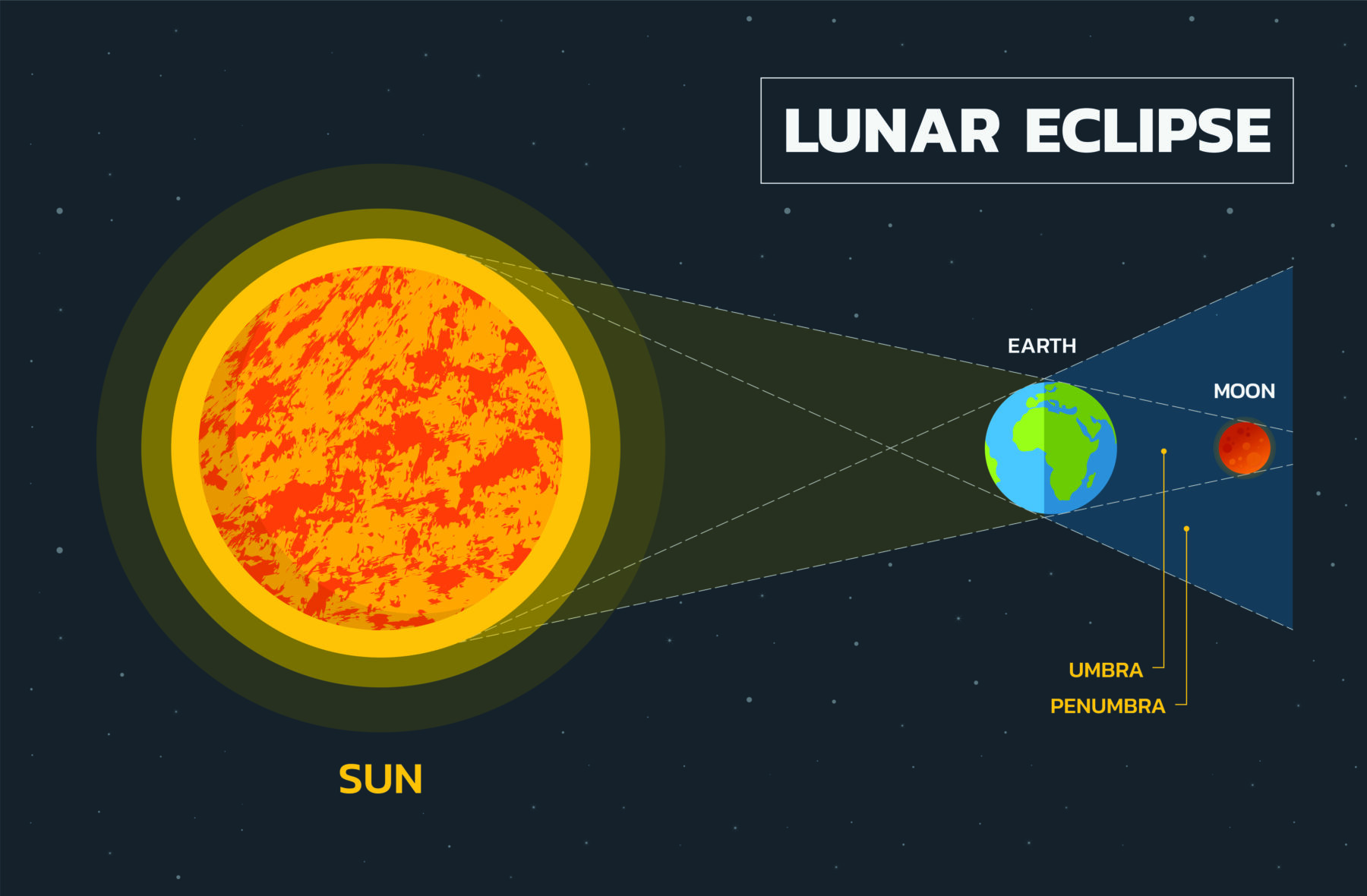
Total lunar eclipse
A total lunar eclipse occurs when the Moon completely enters Earth’s umbra.
The umbra is the complete shadow caused by the blocking of the Sun’s light.
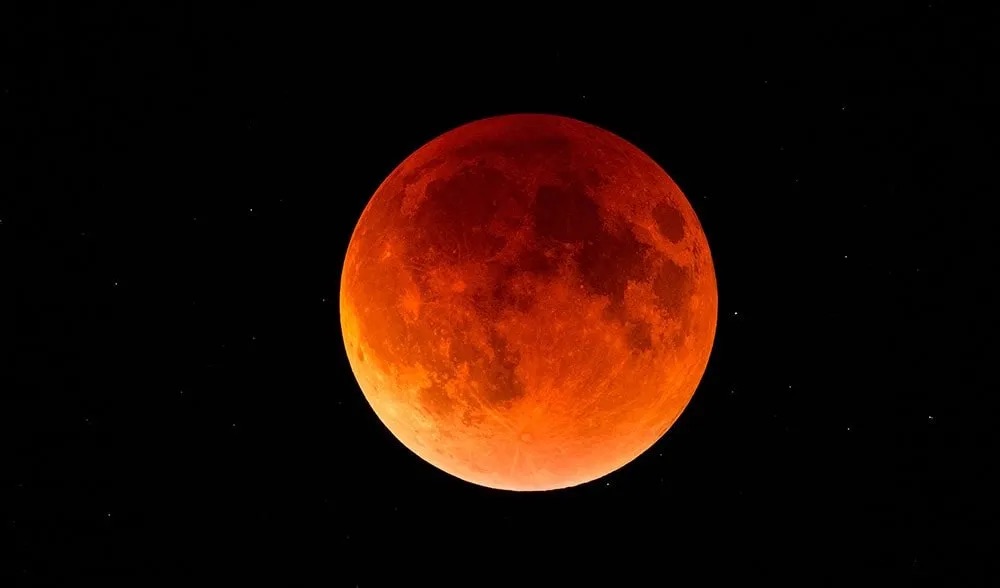
During a total lunar eclipse, the Moon can appear to darken and flare different colours. This is due to ‘Rayleigh scattering’ – a phenomenon described by NASA as “the scattering of light by particles smaller than the wavelength of the light, resulting in separation of colours.”
Rayleigh scattering also causes the hues of sunsets and sunrises, and the blue hue of the daylight sky.
It is difficult to predict what colour the Moon may appear ahead of each lunar eclipse.
“The shadow will be very dark, it could redden, and could also have a bluish turquoise hue to it too, it all depends on the Earth’s atmosphere,” explains Dr Tanya Hill, Astronomer for the Melbourne Planetarium.

The most dramatic example of this is when the Moon appears a deep red. This is also known as a Blood Moon.
According to NASA, the more dust or clouds in Earth’s atmosphere during the total lunar eclipse, the redder the moon will appear.
“Just as sunrise and sunset are an orange or reddish colour, so is this light that skims through the Earth’s atmosphere and out into space,” explains Dr Brad Tucker, an astrophysicist from The Australian National University. “When you look at the moon during the total lunar eclipse, you are seeing the sunrise and sunset of the Earth lighting up the Moon.”
Australia’s Astronomer at Large, Fred Watson, explains this further: “Even though the Moon is deep within the Earth’s shadow during the eclipse, scattered red light finds its way onto the lunar surface to give the appearance of a ‘Blood Moon’.”
Partial lunar eclipse
A partial lunar eclipse occurs when a portion – but not all – of the Moon enters Earth’s umbra.
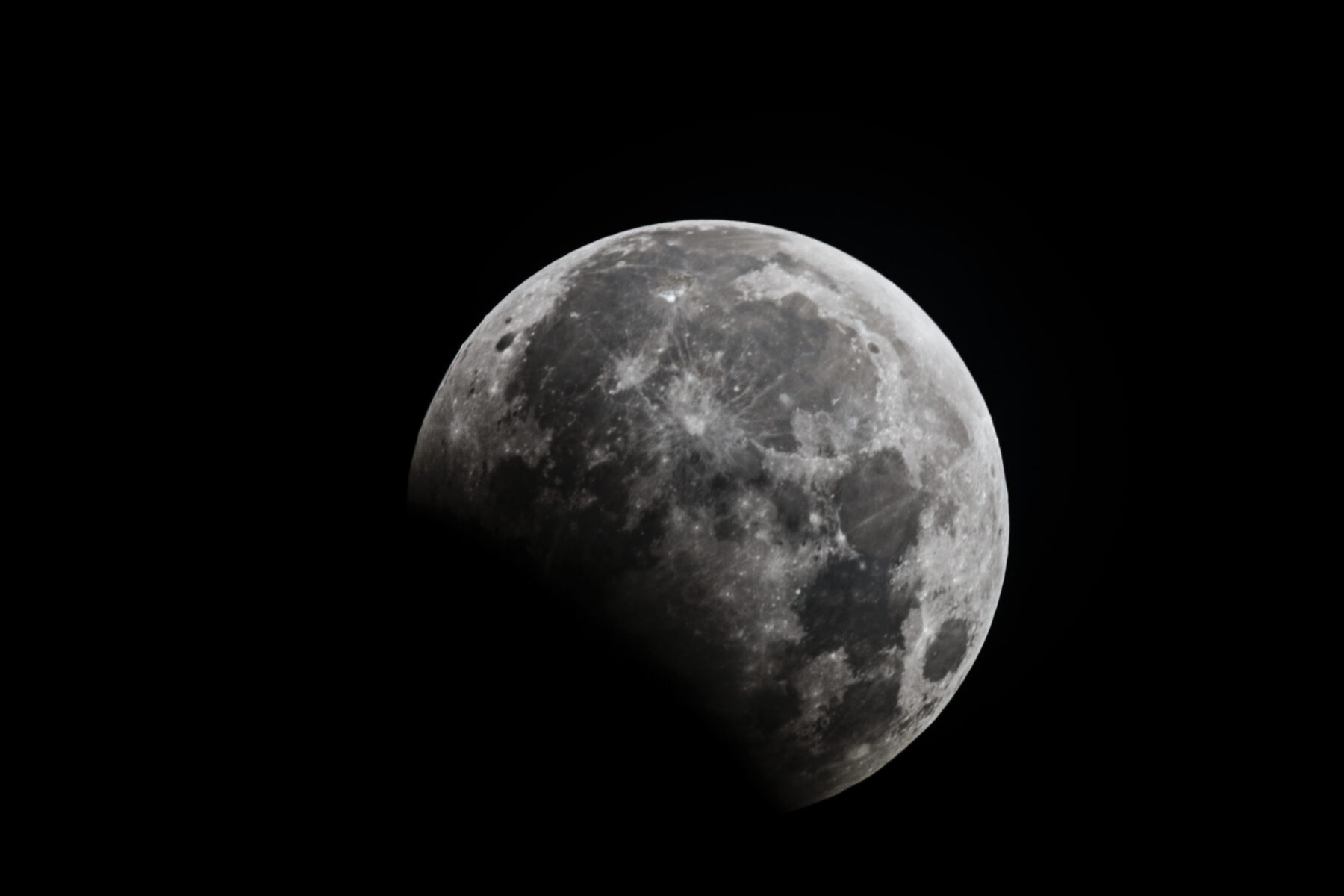
Partial lunar eclipses can also sometimes make the Moon appear a red colour.
“Partial lunar eclipses occur when the Sun, Earth and Moon don’t completely align, so only part of the Moon passes into shadow – but where the Earth blocks the Sun’s light from reaching the lunar surface, the Moon’s surface will appear to turn reddish,” explains Astronomer Professor Richard de Grijs from Macquarie University.
Penumbral lunar eclipse
A penumbral lunar eclipse occurs when the Moon enters the penumbra of Earth’s shadow.
The penumbra is the part of the shadow – caused by the blocking of the Sun’s light – that is only partially blocked from view (see diagram above).
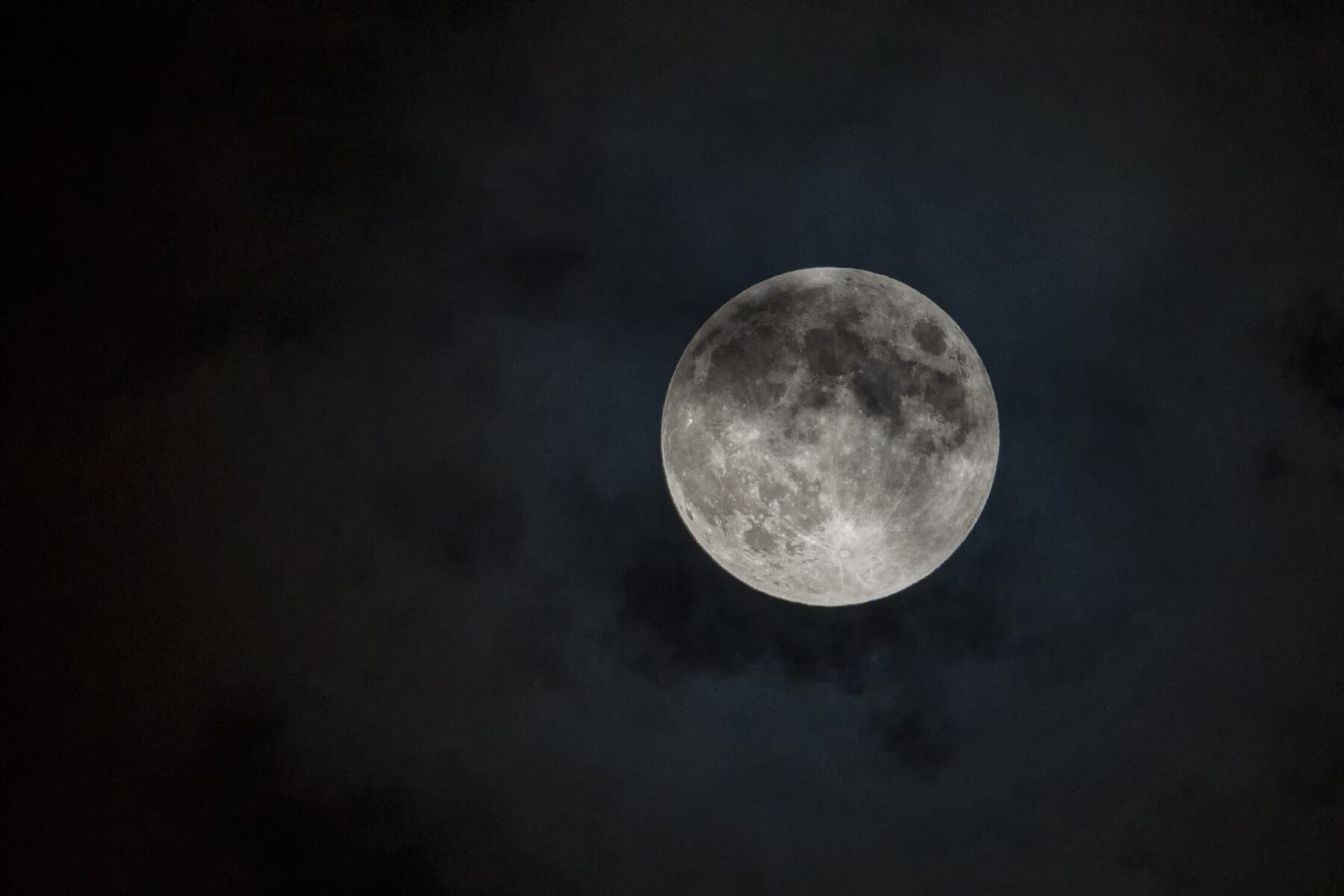
Astronomer Professor Richard de Grijs from Macquarie University describes the penumbra as “the faint, outer part of Earth’s shadow”.
“A penumbral lunar eclipse is a subtle-looking lunar eclipse, making the Moon appear darker and somewhat redder than usual,” de Grijs says.
Stages of a lunar eclipse
During a lunar eclipse the Earth’s shadow slowly creeps across the face of the Moon until the Moon is fully (or partially) covered, before continuing to move across and off the Moon’s opposite surface.
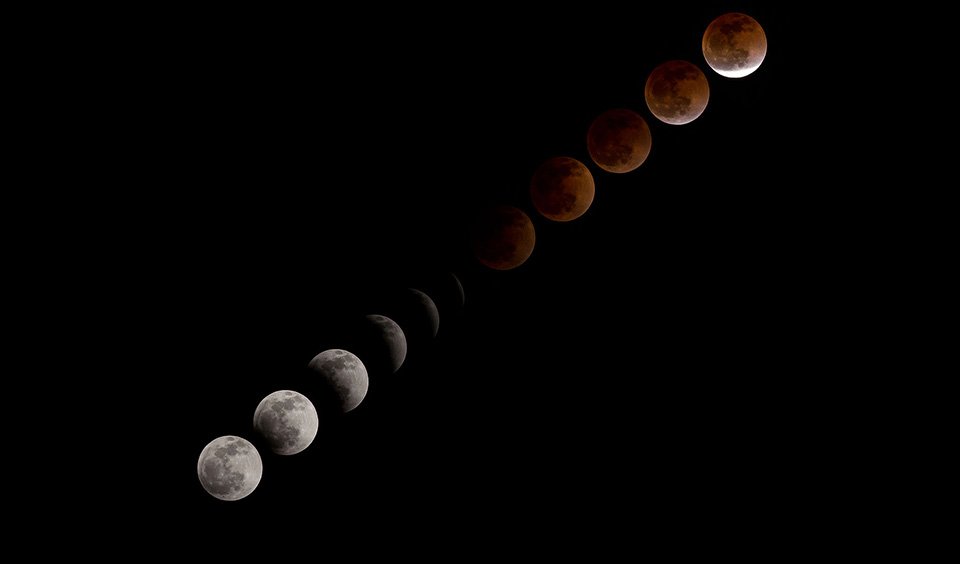
Earth’s circular shadow on the Moon spans about 2⅔ lunar diameters, so it takes a while for the Moon to enter, cross, and exit that shadow. Exactly how long depends on the Moon’s path during any specific eclipse.
How common are lunar eclipses?
While lunar eclipses can only occur at a full Moon, they do not occur every full Moon.
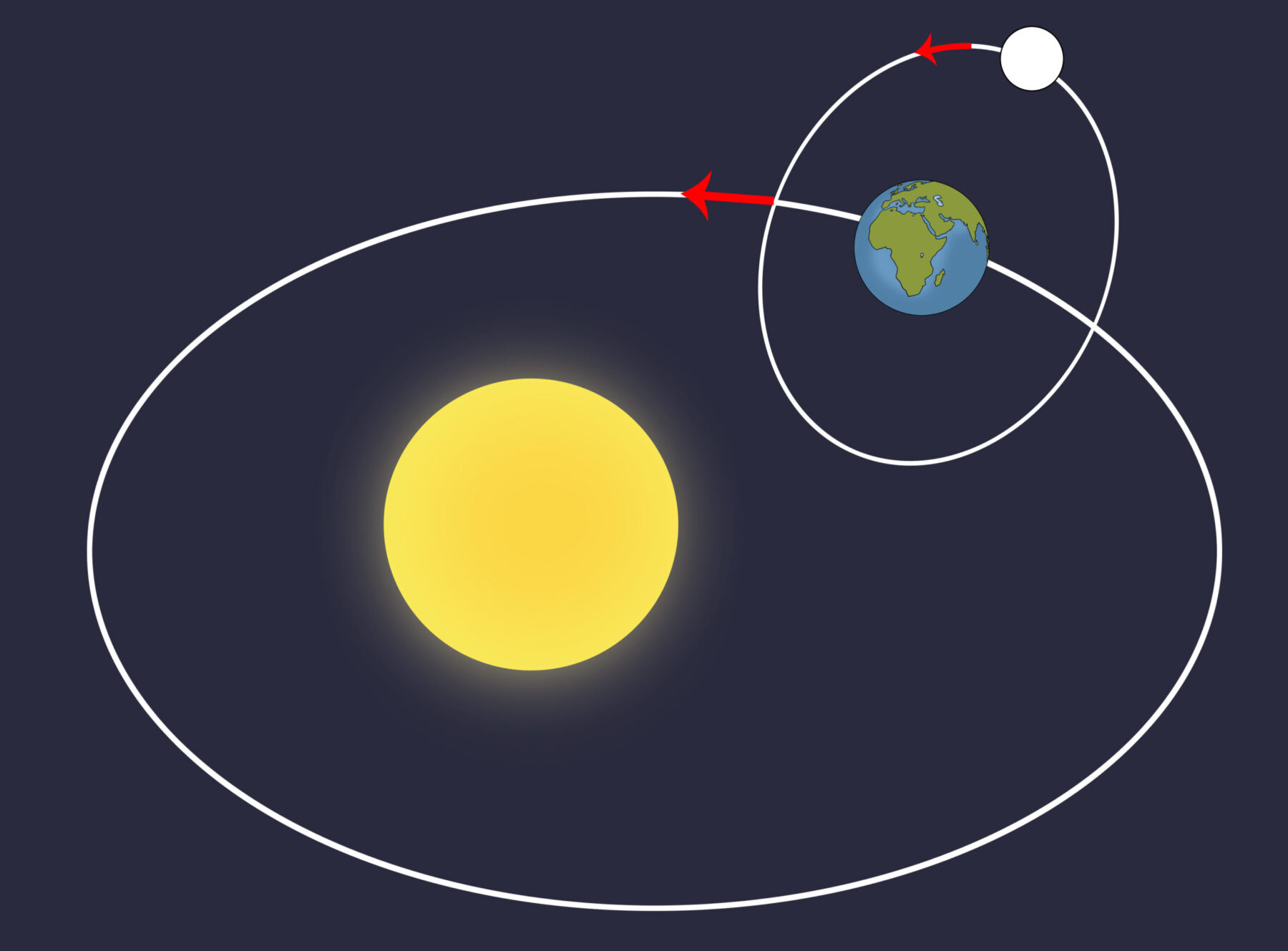
“This is because the moon’s orbit is not always in perfect alignment with the Sun and the Earth,” explains Dr Tucker.
“The moon wobbles by about five degrees as it orbits around the Earth. For the moon to move perfectly into Earth’s shadow, it needs to be aligned with the Earth. Sometimes it just skims the shadow,” he says.
How to view a lunar eclipse
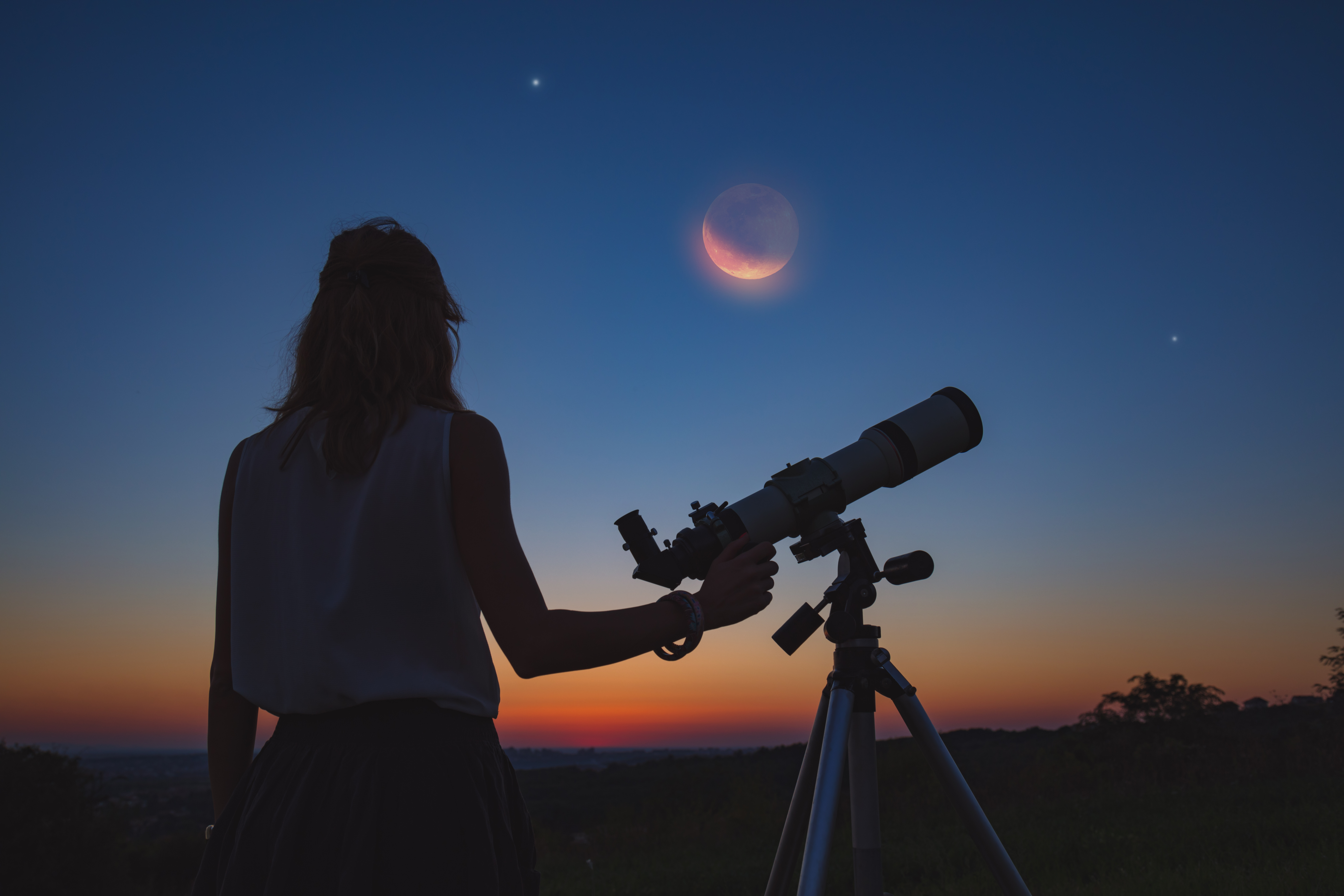
Dr Stephen Hughes, a physicist at Queensland University of Technology, says the best time to see a lunar eclipse in Australia is during the winter months of June and July, “when the Moon is higher up in the sky and easier to see.”
Unlike solar eclipses, which can only be seen briefly from specific locations, lunar eclipses are visible anywhere on the night side of the Earth. They can also last for hours, instead of the brief few minutes of a solar eclipse.
“Lunar eclipses are nice leisurely events; you can take your time and enjoy them… and view them from anywhere – provided it is during the night,” says Dr Hill.
Also, unlike solar eclipses, lunar eclipses are safe to view by the naked eye, through a telescope, or through binoculars.





